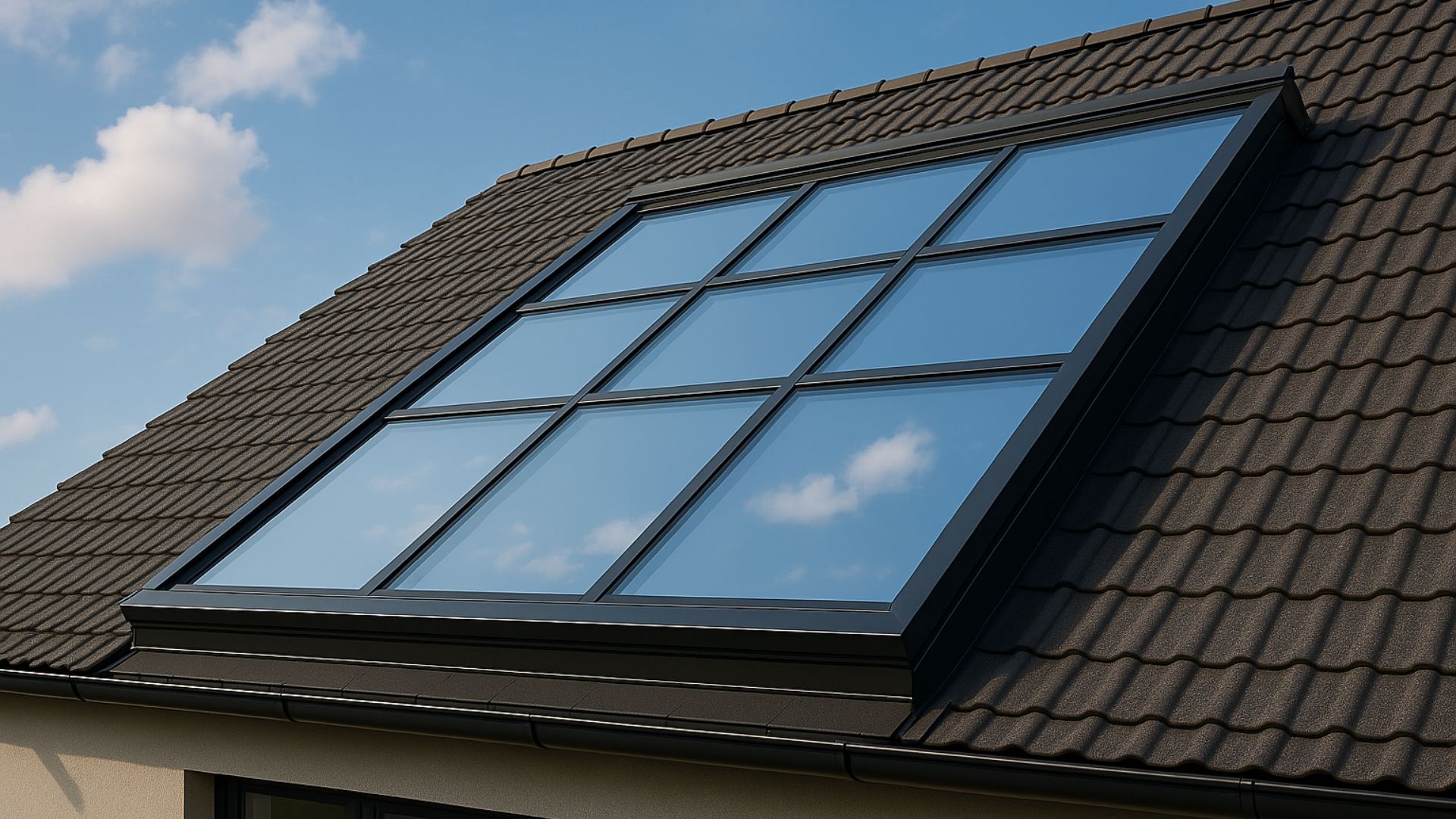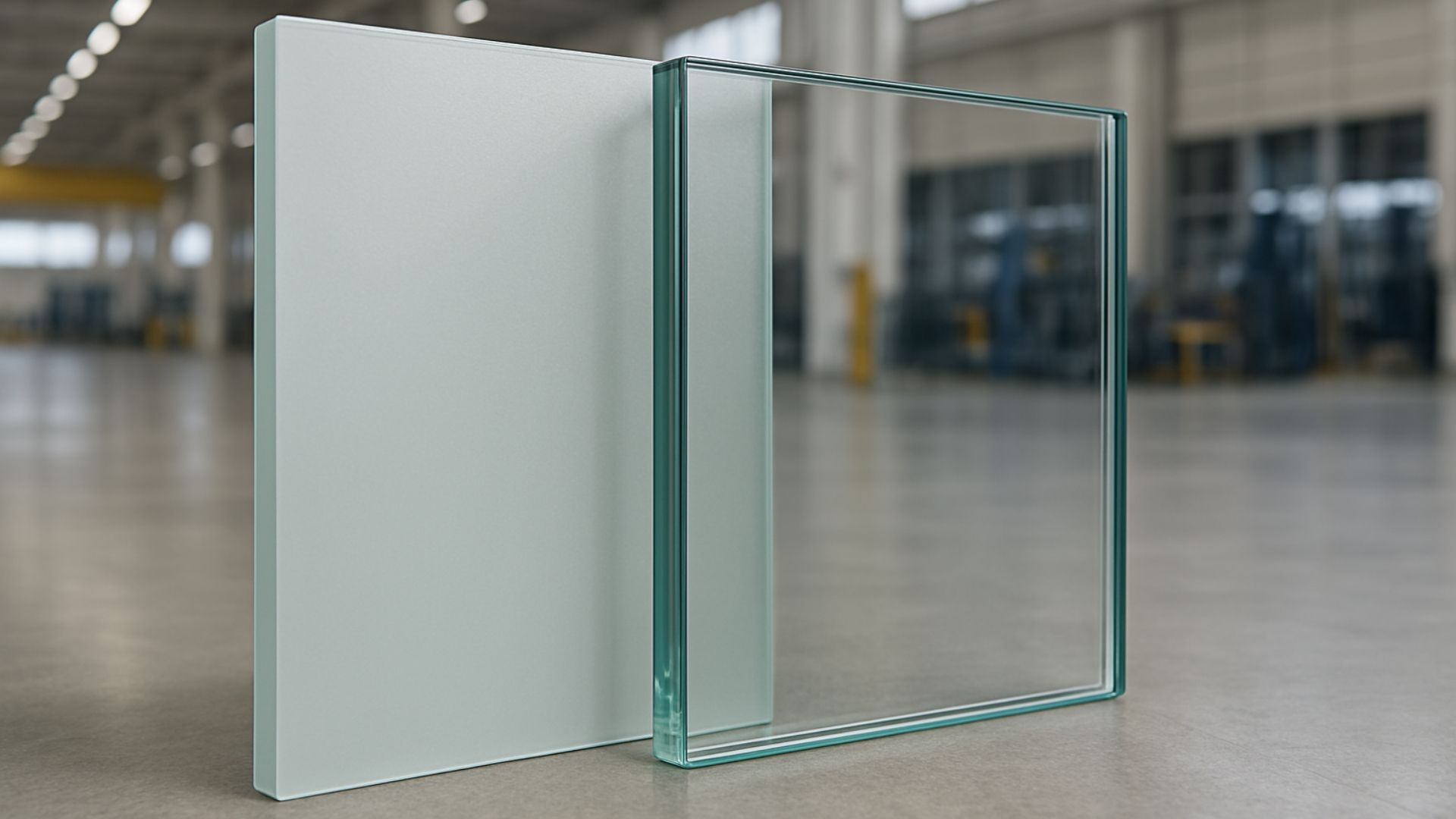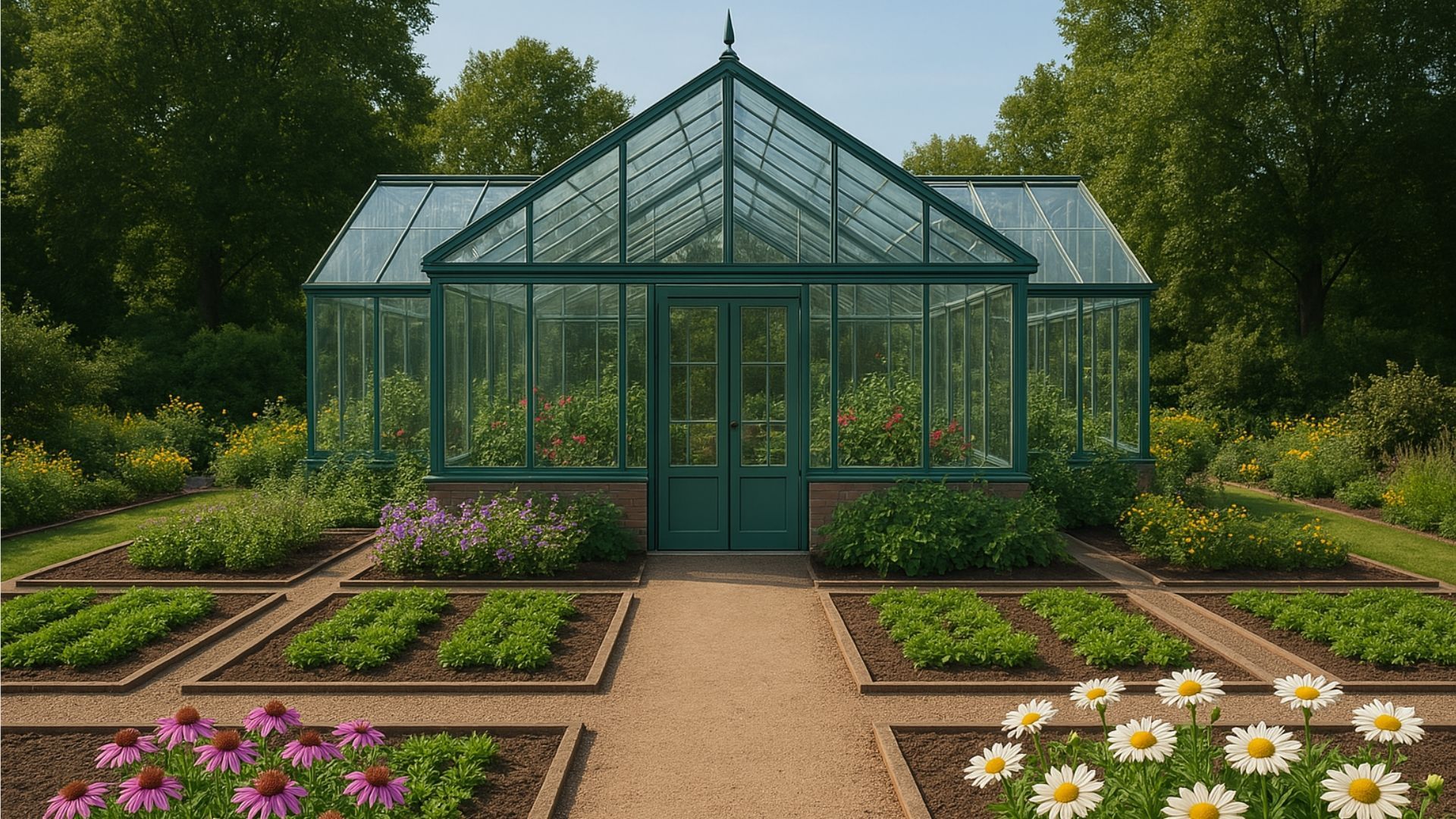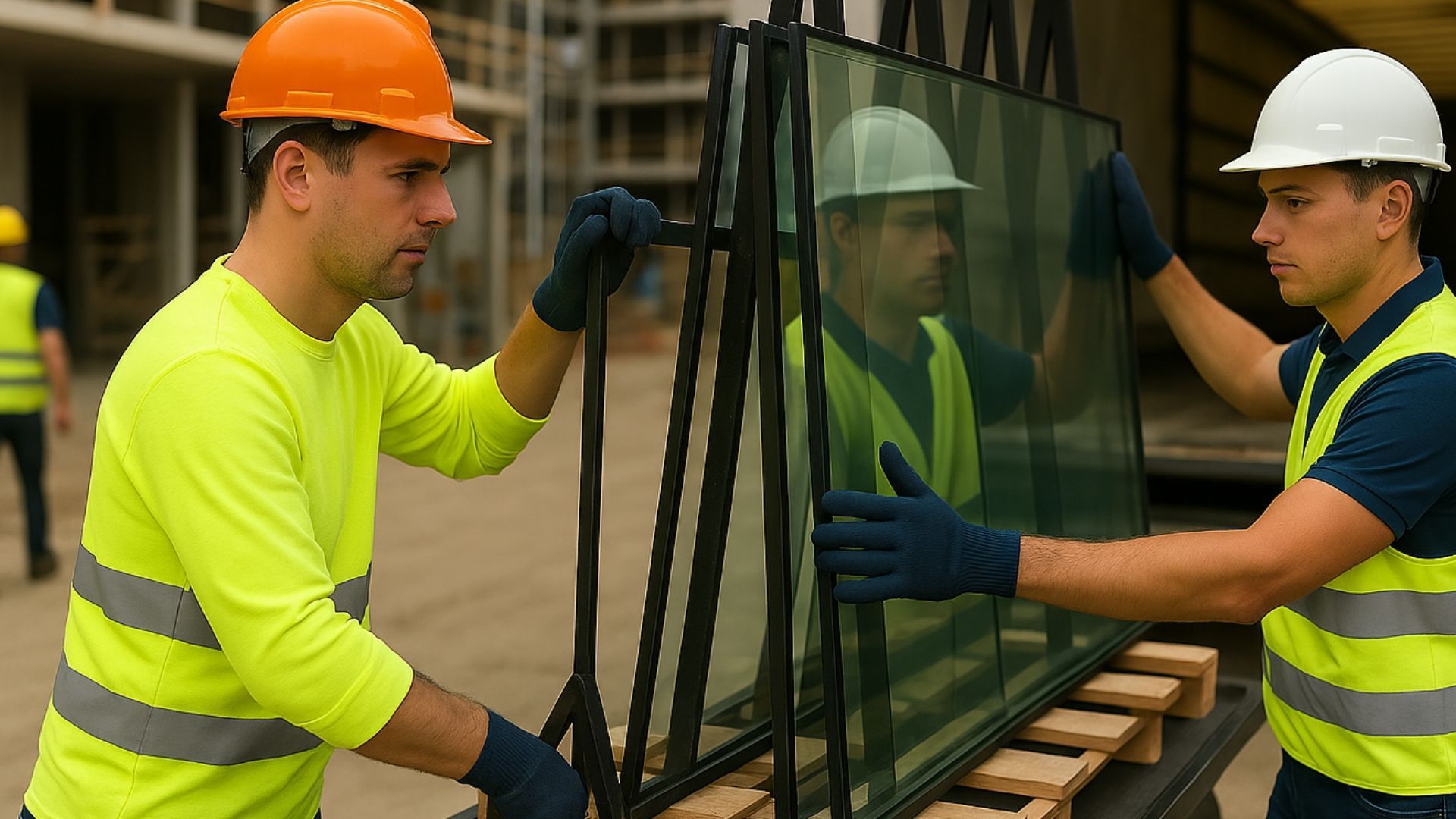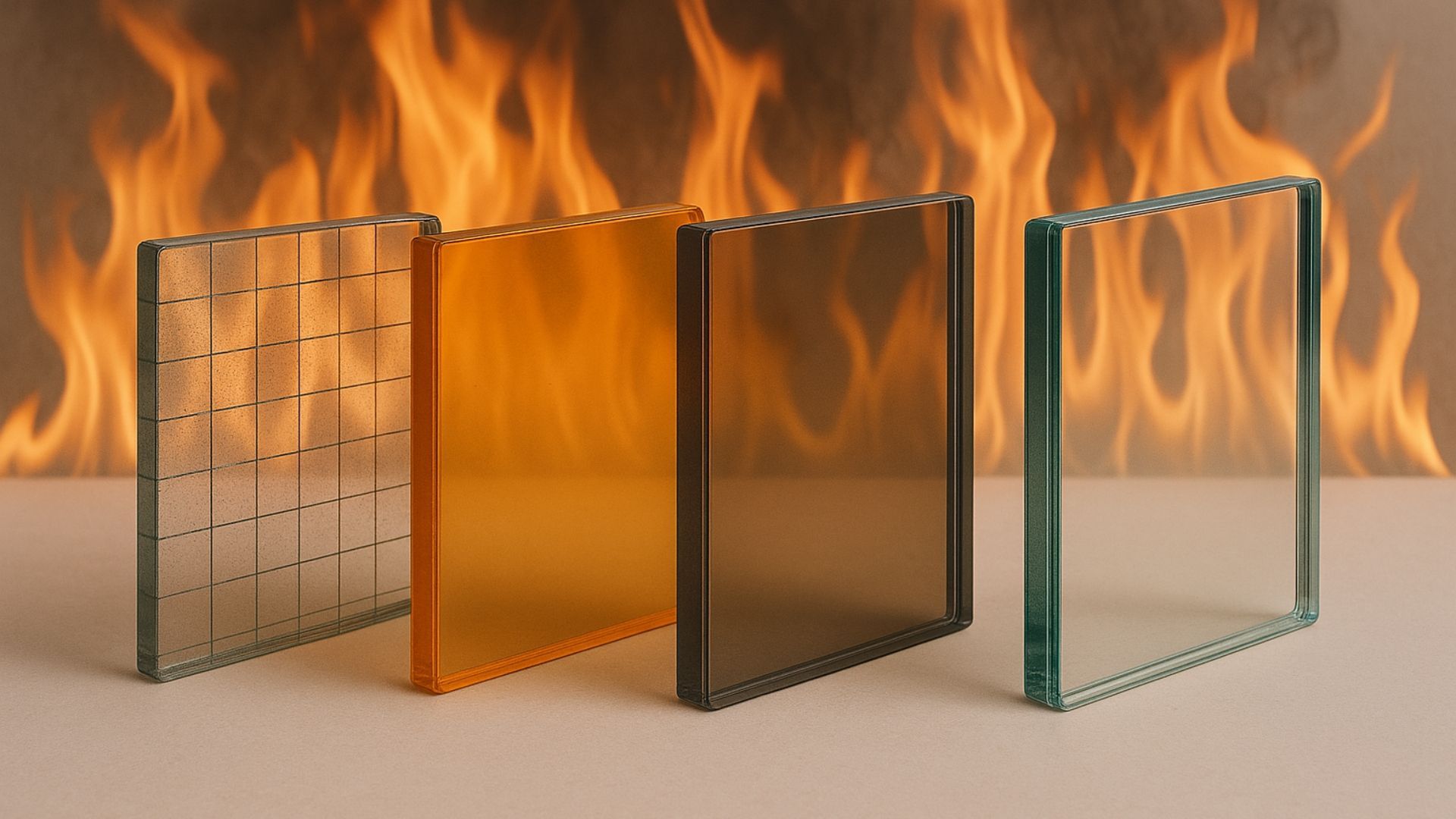Glass world records: 5 structures that broke new ground with glass
Share this blog:
Today's world is full of record-breaking glass architecture. Explore 5 amazing examples in our article.

Glass is an ancient material. Its earliest examples date back to around 3600 BC in Mesopotamia, Egypt and Syria.
In the intervening millennia, much has stayed the same. Glass is made by heating up sand to a high temperature. The resulting product is used for windows and drinking vessels. But a lot has changed in that time, too.
It's not just that glass is stronger and more thermally efficient than ever. It's also that glass is now an integral part of architecture and construction.
Go to the centre of any metropolis and you're sure to see banks, skyscrapers and other buildings with large glass facades. That's before you consider elevators, bridges, balconies, airports and walk-on roofs.
It's an astonishing area of contemporary design that shows no sign of disappearing. In this article, we look at five glass world records – from medieval stained glass all the way to modern-day skyscrapers.
The tallest glass skyscraper
Dubai is a city of broken records. It's the most populous city in the United Arab Emirates, home to the largest shopping centre in the world, the deepest pool, the largest fountain and more.
So, it's no surprise that it's also home to the world's tallest glass skyscraper, the iconic Burj Khalifa.
With a total height of 829.8 metres, Burj Khalifa is the world's tallest structure as well as its tallest glass skyscraper. Primarily made of reinforced concrete and structural steel (some sourced from the former East German Parliament in Berlin), the facade is a patchwork of 26,000 glass panels.
This reflective curtain wall is the equivalent of 17 football fields. Each panel is hand-cut and built to withstand the arid climate. It takes between three and four months to clean.
The skyscraper includes a fountain of light, illuminated by more than 6,000 lights and 50 projectors. It's surrounded by a 27-acre park and has an observation deck at a vertigo-inducing 452 metres.
Opened in 2010 as part of the Downtown Dubai development, Burj Khalifa is a modern-day icon that attracts millions of visitors each year.

The longest glass bridge
Tell the glass-blowers of old that one day people would be crossing glass bridges and they'd probably throw their blowpipes to the ground in disbelief.
Nevertheless, the world is filled with glass bridges – and the longest of the lot is the Bach Long Bridge in Moc Chau, Vietnam, also known as the "White Dragon Bridge".
It's 632 metres long and 2.4 meters wide. The glass is 40 millimetres thick – that's about the width of two adult human fingers side by side. It's treated with a scratch-resistant coating to deal with the endless footfall of tourists.
Spanning a deep valley, the bridge can hold up to 450 people at a time. It's a remarkable piece of engineering that's been dazzling visitors since it opened in 2022.
The largest collection of medieval stained glass
Guinness World Records is continually updating itself. But some records date from long ago.
Take Chartres Cathedral in France. Built some 800 years ago, it's home to the largest collection of medieval stained glass in the world.
This UNESCO World Heritage site boasts 167 windows crafted between the 12th and 14th centuries. For the most part, this remarkable piece of French Gothic architecture is intact. Stepping through its great door is like stepping straight back into the medieval period.
Its stained glass windows are treasured for their deep, rich colours – mostly ruby red and cobalt blue – and depict the lives of saints as well as medieval guilds.
The cathedral welcomes more than one million visitors a year. Thousands of pilgrims come for its famous relic, the Sancta Camisa. This is said to be the tunic worn by Mary at the birth of Christ.
The first glass building
In his 1864 novella
Notes from Underground, Fyodor Dostoevsky described this building as "a monument to soulless modern society, the myth of progress, and the worship of empty materialism".
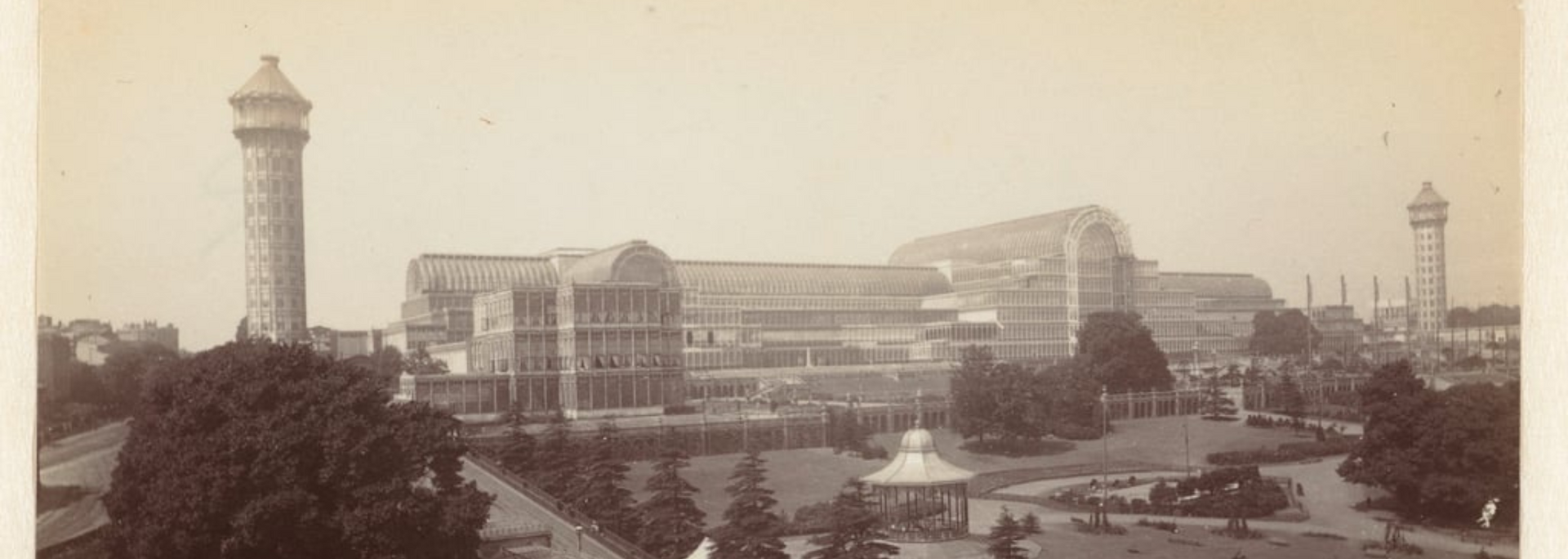
Despite this one-star review, the Crystal Palace was record-breaking as the first big building to use glass as an integral structural material.
This steel-and-glass construction was originally built in Hyde Park, London, to house the Great Exhibition of 1851. This exhibition was put on to show off the technological achievements of the Industrial Revolution, then in full swing in the UK.
Designed by Joseph Paxton, the Crystal Palace was three times the size of St Paul's Cathedral and featured 60,000 panes of glass manufactured by the Chance Brothers.
At the time, visitors were bowled over by its unprecedentedly large and clear glass walls and ceilings.
The Palace was destroyed by fire in 1936. The remaining towers were demolished in 1941.
The tallest outdoor glass elevator
Glass elevators have been around since the 1920s. But today's structures are something else.
Take the Bailong Elevator in Zhangjiajie, China – a region once home to the longest glass bridge in the world.
This glass double-deck elevator is built into the side of a cliff in the Wulingyuan region. It gets you to the summit of one of the area's remarkable sandstone pillars in just one and a half minutes.
Acrophobes beware – a picture of the Bailong Elevator will give you a shudder. But for thrill-seekers the world over, it provides an unforgettable experience.
The elevator has been dogged by controversy. Some question its environmental impact in a designed World Heritage Site and the elevator ground to a halt in 2002 and 2003 over safety concerns.
Final thoughts
So, there you have it: five glass world records that continue to impress and inspire.
What's next for glass architecture? We can't wait to see what the world's architects and designers will come up with in the coming years – and we'll be sure to keep you abreast of any exciting developments.
Founded in 1993, ToughGlaze is a Bedford-based glass processor that serves customers throughout the UK and the world. Are you looking for a
commercial glass supplier? Don't hesitate to
contact our experts for a quick, competitive quote.


